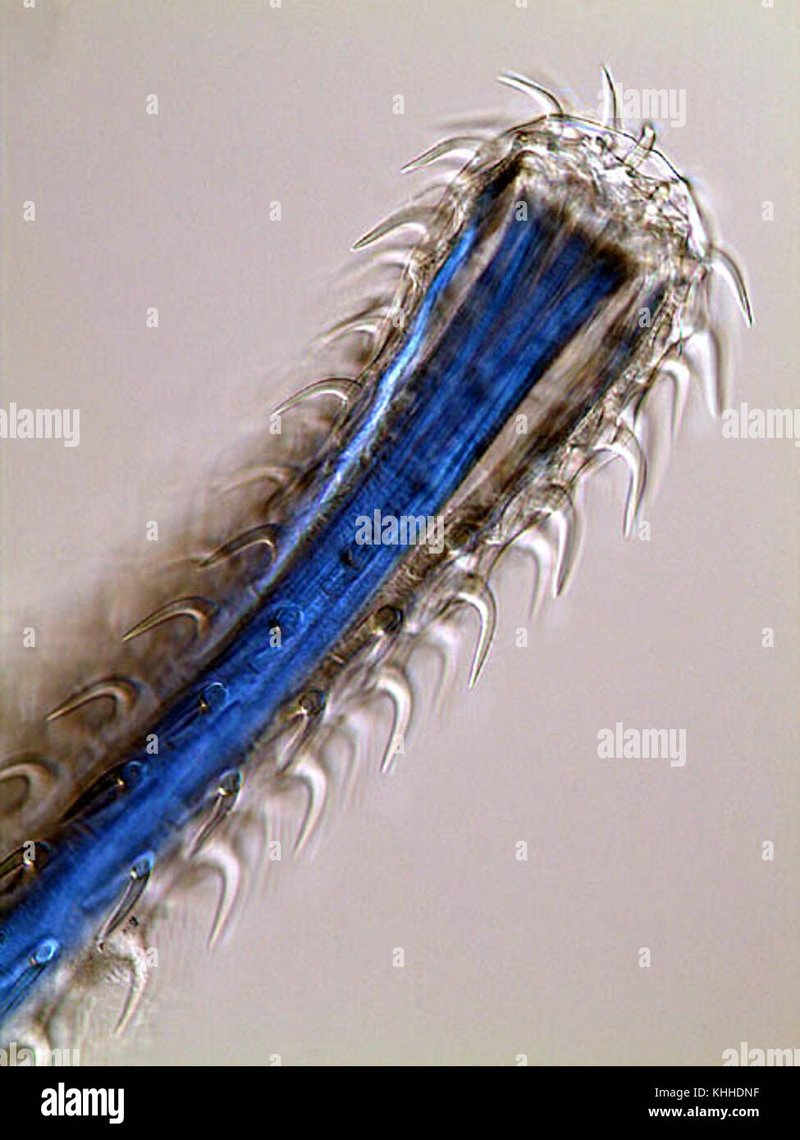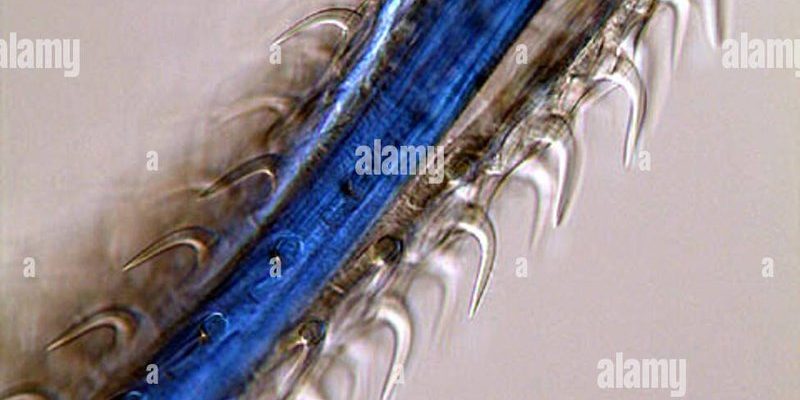
To tackle this, many researchers are turning to field cameras, like those from brands such as Bushnell and Reconyx. These tools give a peek into the lives of Acanthocephala without the need for constant human presence. Think of it like having a trusted friend sit quietly in the woods, capturing everything that happens while you’re off grabbing a coffee. The beauty of these cameras is that they allow us to gather data without disturbing the environment.
Understanding Acanthocephala
So, what exactly are Acanthocephala? These are not your average worms. They have spiny heads and are obligate parasites, which means they can’t survive without their hosts. They often live inside the intestines of animals like fish, birds, and mammals. The life cycle of Acanthocephala includes multiple stages—larvae, adult forms, and sometimes intermediate hosts that they must navigate through.
It’s important to understand the ecological role these creatures play. They can affect fish populations, which in turn influences the entire aquatic ecosystem. Studying Acanthocephala can provide insights into host behavior and health. But observing them in the wild isn’t easy, which is where field cameras come into play.
Why Use Field Cameras?
Field cameras, or trail cameras, are designed to capture images or videos of wildlife. They’re generally motion-activated and can operate day or night, offering an unobtrusive way to gather data. Imagine having a camera that knows when something moves and clicks away without you having to lift a finger! This is especially useful for studying Acanthocephala since they are usually hidden away inside their hosts and can’t be observed directly.
The data collected can be invaluable. For example, researchers can track how often Acanthocephala interacts with their hosts, how the hosts behave when infected, or even how environmental changes affect their life cycle. Plus, the images can help confirm the presence of these parasites, providing essential information for ecological studies.
Choosing the Right Field Camera
If you’re diving into the world of field cameras, you might wonder, “Which one should I get?” There are several factors to consider. Think about the resolution of the camera—higher megapixels mean clearer images. Additionally, consider the battery life; some cameras can last months in the field, while others might drain quickly.
You also want to look for features like night vision capabilities, date/time stamps on images, and the ability to sync with your smartphone for easy viewing. Popular options include the Bushnell Trophy Cam and Reconyx HyperFire series, both known for their reliability and image quality.
Setting Up Your Field Camera
Once you’ve chosen your camera, the next step is installation. Find a location where Acanthocephala are likely to be observed. This often means placing the camera near hosts like fish or birds that might harbor these parasites. Make sure to mount the camera securely, ideally at a height that will capture the action while avoiding interference from branches or foliage.
When you set up your camera, pay attention to the angle. A slight adjustment can make a significant difference in what you capture. You might also want to do a test run, taking some initial footage to tweak the positioning before leaving it for an extended period.
Data Collection and Analysis
After setting up your field camera, it’s time to wait (which can feel like forever!). When you eventually retrieve the camera, you’ll have a treasure trove of data. You can review photos and videos to see how often Acanthocephala interact with their hosts.
Analyzing this data is where the magic happens. Look for patterns in behavior—like mating rituals or feeding habits. One helpful approach is to categorize the recorded behaviors. This can aid in understanding how these parasitic worms impact their hosts on a deeper level.
Challenges in Documenting Acanthocephala
Every study has its hurdles, and working with Acanthocephala is no different. One of the biggest challenges is ensuring the integrity of your data. For instance, the environmental conditions can affect camera performance. Rain, snow, or even extreme heat can hinder image quality—so it’s essential to check your gear regularly.
Another hurdle is the potential presence of other wildlife. While other animals might be interesting, they can interfere with your data. For example, a curious raccoon could trigger the camera, resulting in a lot of images of it and very few of the actual subjects you’re studying.
Sharing Your Findings
Once your research is complete, you might be wondering how to share what you’ve learned about Acanthocephala. Consider writing a report or article detailing your findings, complete with compelling images. Visual documentation can significantly enhance your narrative, providing a richer context to your observations.
You might also want to connect with local or online communities interested in wildlife research. Sharing your insights can spark discussions and lead to collaborative efforts that further our understanding of these fascinating creatures.
As you embark on your journey documenting the behavior of Acanthocephala with field cameras, remember that the process of discovery is just as rewarding as the findings themselves. Happy observing!

